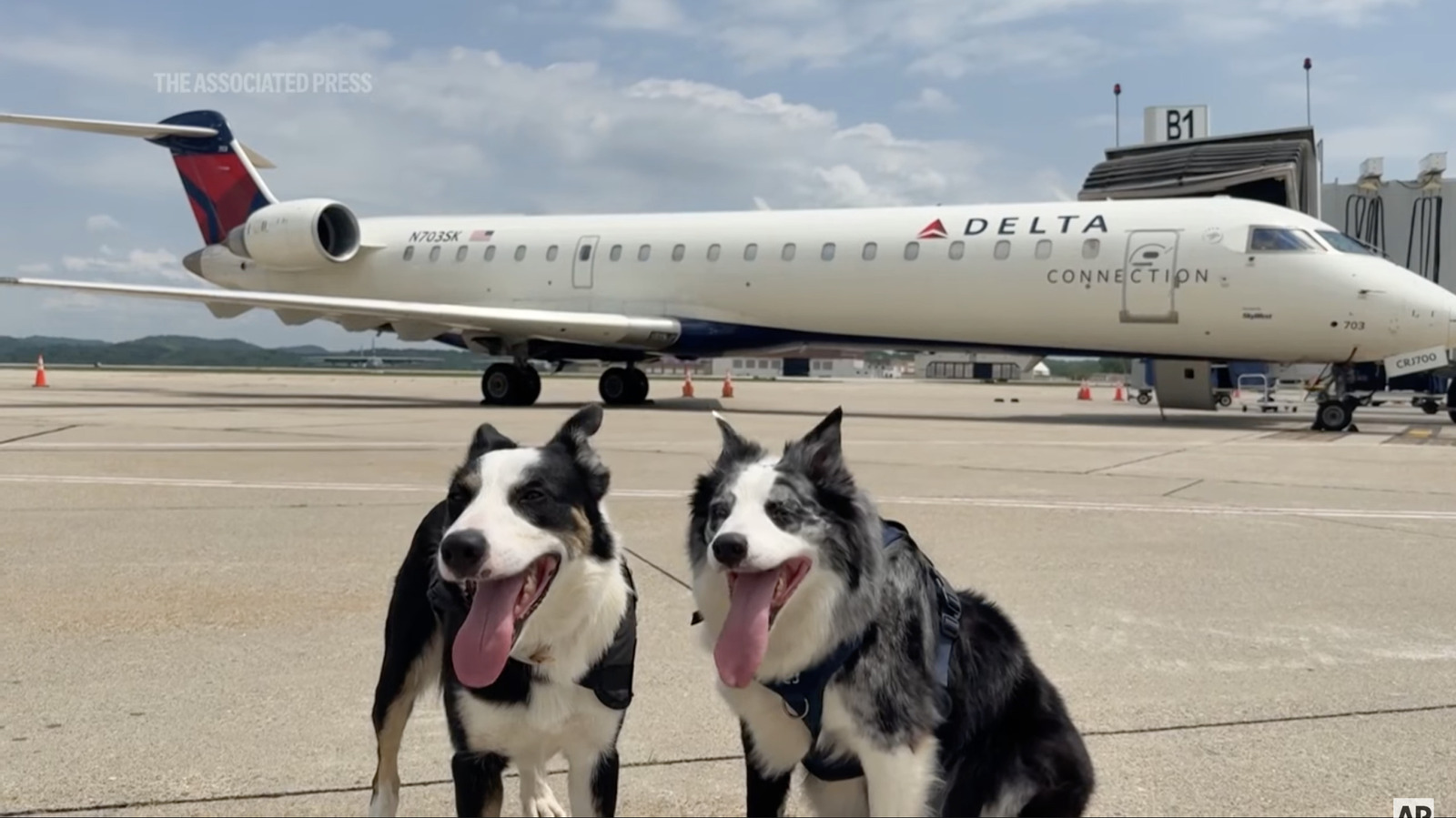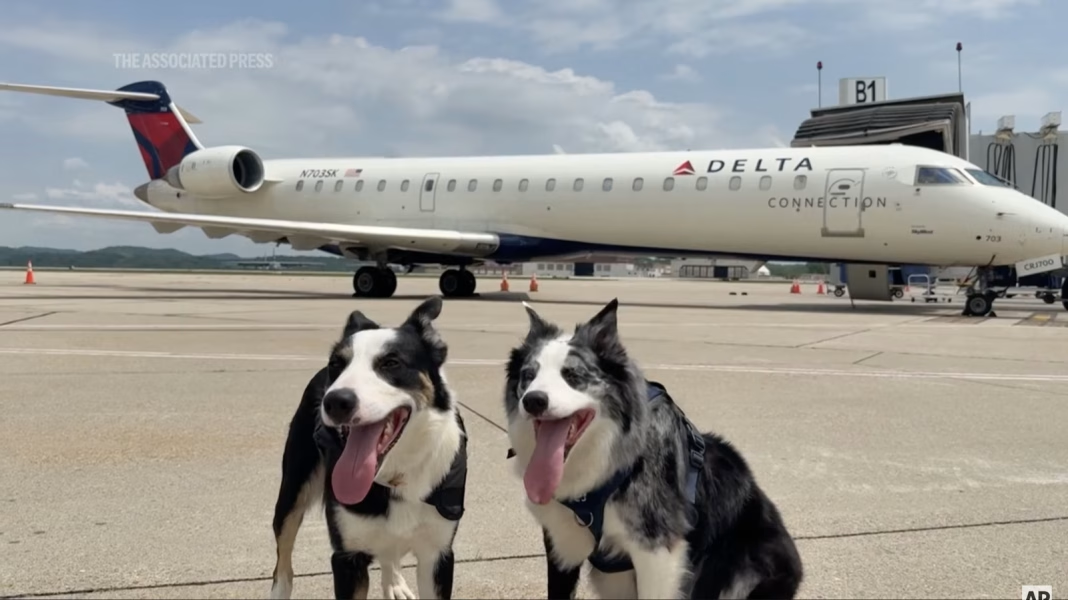Imagine stepping onto an airport runway, where the hustle and bustle of planes taking off and landing is only interrupted by the occasional flap of wings. For many, this might seem like a typical scene, but at one busy airport in West Virginia, there’s a unique twist: two specially trained Border Collies named Hercules and Ned are on patrol, ensuring that the airfield remains clear of birds and other wildlife.
Why Use Dogs for Wildlife Control?
You might wonder why an airport would employ dogs instead of traditional methods like noise cannons or traps. The answer lies in the effectiveness and efficiency of these furry patrols. Birds can pose serious hazards to aircraft, especially during takeoff and landing. A bird strike can lead to costly repairs, flight delays, and, in some cases, serious accidents. By utilizing trained dogs, the airport can maintain a safer environment while also minimizing the stress on wildlife.
Hercules and Ned are not just any dogs; they’ve undergone rigorous training to respond to specific commands and situations. Their natural herding instincts make them particularly adept at managing wildlife. When they spot a bird or any other animal on the runway, they spring into action, guiding the creatures away from danger without causing harm. This approach not only protects the animals but also fosters a more harmonious relationship between the airport and the local ecosystem.
The Benefits of Canine Patrols
Using dogs for wildlife management has several advantages. First, it’s a humane solution. Unlike other methods that might harm animals, Hercules and Ned simply encourage wildlife to move along. This is crucial in preserving local biodiversity and maintaining the ecological balance.
Second, dogs can cover large areas quickly. A mile-long airfield is no small task, but these agile canines can patrol the entire space efficiently. Their keen senses allow them to detect wildlife long before it becomes a threat to aircraft, providing an early warning system that human staff might miss.
Moreover, the presence of dogs can deter wildlife from approaching the airfield in the first place. Animals often perceive dogs as predators, which can lead them to avoid the area altogether. This proactive approach reduces the likelihood of encounters and enhances overall safety.
Real-World Impact
The impact of Hercules and Ned’s work is tangible. Since their deployment, the airport has reported a significant decrease in bird strikes. This not only saves money on repairs and maintenance but also enhances the safety of flights. Passengers can feel more secure knowing that trained professionals—albeit with four legs—are actively working to keep the skies safe.
Beyond the airport, this initiative highlights a growing trend in wildlife management. More organizations are recognizing the benefits of using trained animals for various tasks, from herding livestock to assisting in search and rescue operations. It’s a reminder that sometimes, the best solutions come from nature itself.
A New Perspective on Airport Safety
As we look towards the future, Hercules and Ned represent a shift in how we think about wildlife management in urban settings. Their story encourages us to consider innovative, humane solutions to challenges that arise when human activities intersect with nature. It’s a reminder that we can coexist with wildlife, even in places as busy as an airport.
The big takeaway? Wildlife management isn’t just about keeping animals away; it’s about finding smarter, more compassionate ways to ensure safety. Next time you’re at an airport, think about the unseen heroes like Hercules and Ned, working tirelessly to keep our skies safe.


